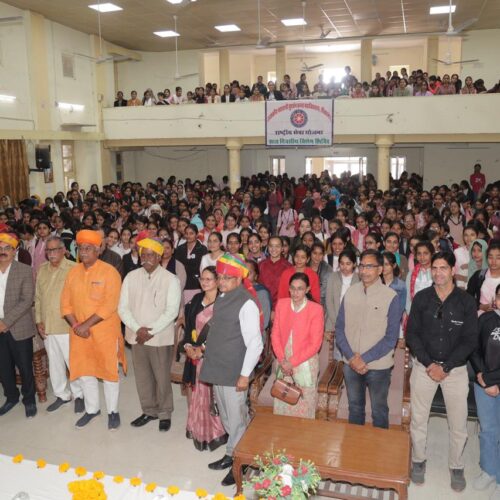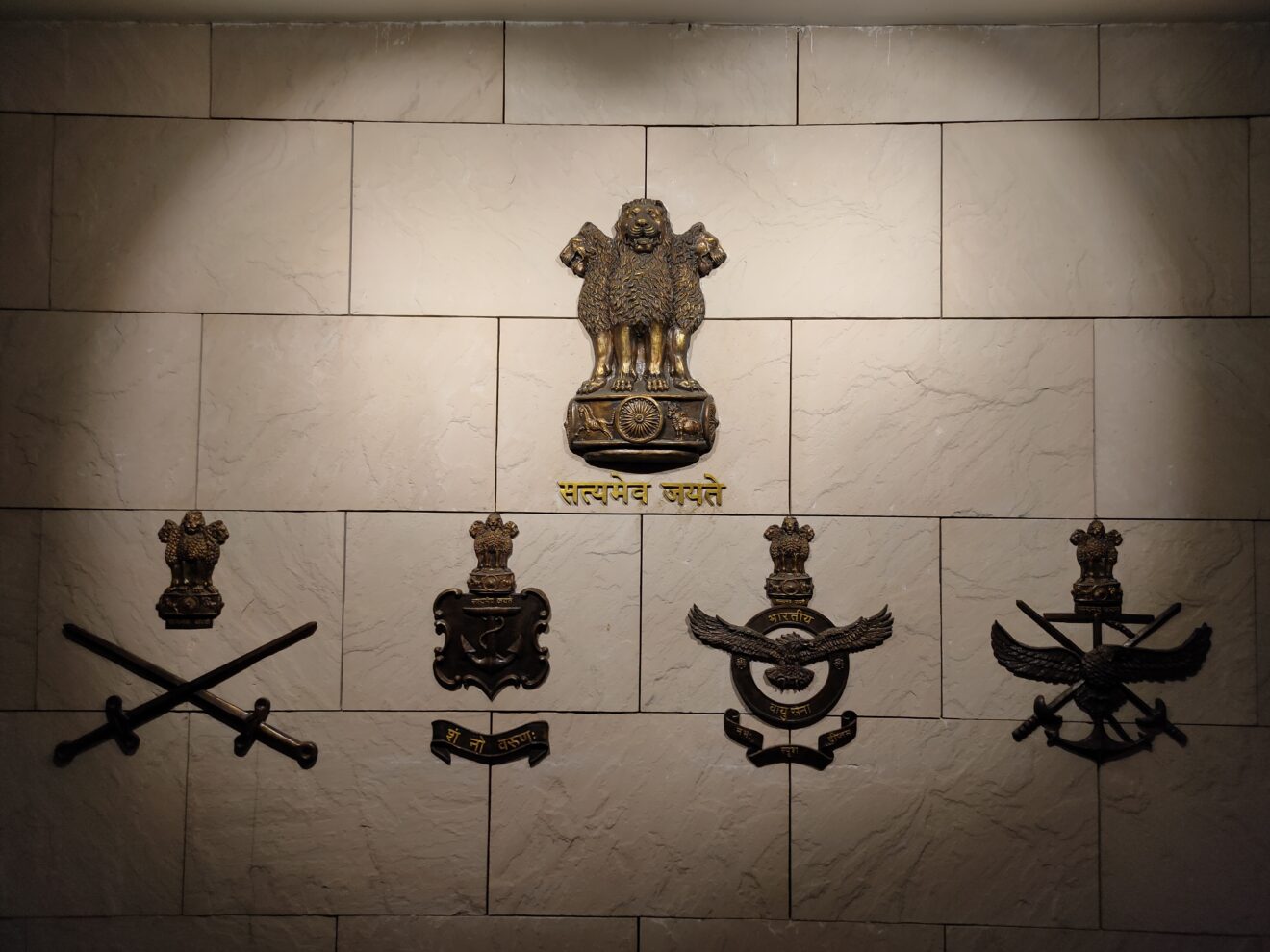Indian Army Conducts Extensive Trials of Indigenous Next-Gen Defence Technologies Under Simulated Operational Conditions
By Defence Journalist Sahil
In a significant stride toward bolstering India’s self-reliant defence posture, the Indian Army has initiated a comprehensive series of trials for next-generation defence technologies at multiple strategic locations across the country. These demonstrations, taking place under combat-simulated conditions, aim to validate the performance and battlefield applicability of indigenously developed systems and platforms designed under the ‘Aatmanirbhar Bharat’ initiative.
Locations and Scope
The Capacity Development Demonstrations are being held at prominent field testing locations including:
- Pokhran Field Firing Ranges (Rajasthan)
- Babina Field Firing Ranges (Uttar Pradesh)
- Joshimath (Uttarakhand)
- Agra and Gopalpur for dedicated Air Defence trials
These locations were carefully selected to simulate diverse operational terrains—from deserts to mountainous regions—ensuring that the technologies are rigorously stress-tested across multiple combat scenarios.
General Upendra Dwivedi Reviews Progress
On 27 May 2025, General Upendra Dwivedi, the Chief of Army Staff (COAS), visited the Babina Field Firing Ranges to personally review the demonstrations. He interacted with various stakeholders including Army commanders, R&D officials, and industry leaders. His visit highlighted the importance the Indian Army places on fast-tracking indigenous capability development and integrating new technologies into its warfighting doctrine.
A “Decade of Transformation” Vision
The trials are aligned with the Indian Army’s larger strategic vision of a “Decade of Transformation”, where the focus lies on rapid induction of cutting-edge technologies, enhancing jointness across services, and preparing for future conflict scenarios including grey zone warfare and hybrid threats.
Key Systems Under Trial
The demonstration features some of the most advanced, indigenously developed systems, including:
- Unmanned Aerial Systems (UAS): High-endurance drones for surveillance and strike roles.
- UAV-Launched Precision Guided Munition (ULPGM): Smart munitions launched from UAVs for pinpoint accuracy.
- Runway Independent (RWI) Remotely Piloted Aerial Systems (RPAS): Tactical drones capable of vertical takeoff/landing.
- Counter-UAS Solutions: Jamming, kinetic kill, and laser-based systems to neutralize hostile drones.
- Loitering Munitions: Kamikaze drones designed to strike targets after loitering in the air.
- Specialised Vertical Launch (SVL) Drones: Designed for urban and high-altitude warfare.
- Precision Multi-Munition Delivery Systems: AI-enabled systems for coordinated munitions deployment.
- Integrated Drone Detection and Interdiction Systems (IDDIS): Real-time tracking and neutralization of aerial threats.
- Low-Level Light Weight Radars: Optimized for detecting low-flying aerial threats.
- VSHORADS (Very Short Range Air Defence Systems): Next-gen infrared guided air defence missiles.
- Electronic Warfare (EW) Platforms: Advanced spectrum dominance platforms for signal jamming and interception.
These platforms are being evaluated for range, reliability, interoperability, precision targeting, survivability under EW attacks, and ease of integration with current Army formations.
Industry-Military Synergy
A large number of Indian defence manufacturers, including startups and established DRDO-backed entities, are participating in these trials. Their active involvement is a testament to the evolving public-private synergy in India’s defence sector. From Bangalore-based drone developers to Delhi-headquartered radar firms and Hyderabad’s EW innovators, the diversity in innovation is evident.
Focus on Indigenous Capability and Rapid Deployment
The Army’s leadership has made it clear that the primary aim is swift operational induction of these technologies post successful trials. This not only strengthens India’s tactical edge but also boosts the domestic defence industry, creating jobs and reducing import dependencies.
The Road Ahead
Post-evaluation, a number of these systems are expected to enter the procurement and production phase. This will lead to faster and wider deployment in frontline formations, particularly in sensitive areas such as Ladakh, the Northeast, and desert borders near Pakistan.
India’s emphasis on self-reliant defence technology not only enhances operational readiness but also positions it as an exporter of niche military systems to friendly nations. The current trials mark a key milestone in that journey.
भारतीय सेना ने अगली पीढ़ी की स्वदेशी रक्षा तकनीकों का किया परीक्षण, युद्ध जैसी परिस्थितियों में क्षमता विकास का व्यापक प्रदर्शन
रक्षा पत्रकार साहिल की रिपोर्ट
भारत की ‘आत्मनिर्भर भारत’ रक्षा पहल को और मजबूती देते हुए, भारतीय सेना ने देशभर के प्रमुख स्थानों पर अगली पीढ़ी की रक्षा तकनीकों के व्यापक परीक्षण शुरू कर दिए हैं। इन तकनीकों का परीक्षण वास्तविक युद्ध जैसी परिस्थितियों में किया जा रहा है ताकि इनकी क्षमता और विश्वसनीयता का मूल्यांकन किया जा सके।
परीक्षण स्थल और क्षेत्र
प्रदर्शनों का आयोजन निम्नलिखित क्षेत्रों में किया जा रहा है:
- पोखरण फील्ड फायरिंग रेंज (राजस्थान)
- बबीना फील्ड फायरिंग रेंज (उत्तर प्रदेश)
- जोशीमठ (उत्तराखंड)
- आगरा और गोपालपुर में एयर डिफेंस उपकरणों के लिए विशेष परीक्षण
इन क्षेत्रों का चयन विभिन्न भौगोलिक परिस्थितियों जैसे रेगिस्तान, पहाड़ी क्षेत्र और मैदानी इलाकों में तकनीकी प्रदर्शन के लिए किया गया है।
सेना प्रमुख ने लिया जायज़ा
27 मई 2025 को जनरल उपेंद्र द्विवेदी, थलसेना प्रमुख, ने बबीना फील्ड फायरिंग रेंज का दौरा किया और परीक्षणों की समीक्षा की। उन्होंने सेना के अधिकारियों, रक्षा वैज्ञानिकों और उद्योग जगत के प्रतिनिधियों से बातचीत की। यह दौरा इस बात का संकेत था कि भारतीय सेना स्वदेशी तकनीकों को तेज़ी से अपनाने को लेकर गंभीर है।
परिवर्तन के दशक की तैयारी
भारतीय सेना इन परीक्षणों के माध्यम से अपने “परिवर्तन के दशक” के रोडमैप को साकार कर रही है, जिसमें भविष्य के युद्धों और अत्याधुनिक तकनीकों के युद्धक्षेत्र में उपयोग को केंद्र में रखा गया है।
जिन तकनीकों का परीक्षण किया जा रहा है:
- मानवरहित हवाई प्रणाली (UAS)
- ड्रोन से लॉन्च होने वाले सटीक निर्देशित बम (ULPGM)
- रनवे रहित ड्रोन (RPAS)
- ड्रोन रोधी प्रणाली (Counter-UAS)
- लॉइटरिंग म्यूनिशन (Kamikaze ड्रोन)
- स्पेशलाइज्ड वर्टिकल लॉन्च ड्रोन
- मल्टी-म्यूनिशन डिलीवरी सिस्टम
- ड्रोन डिटेक्शन व इंटरडिक्शन सिस्टम (IDDIS)
- लो-लेवल लाइटवेट रडार
- अगली पीढ़ी की वी-शोरैड्स IR प्रणाली
- इलेक्ट्रॉनिक वारफेयर प्लेटफॉर्म (EW)
इनका मूल्यांकन रेंज, ट्रैकिंग क्षमता, इलेक्ट्रॉनिक वॉरफेयर रेजिस्टेंस, और जमीनी फॉर्मेशनों के साथ एकीकरण जैसे मानकों पर किया जा रहा है।
सैन्य और उद्योग जगत की साझेदारी
ट्रायल्स में बड़ी संख्या में भारतीय रक्षा स्टार्टअप्स और DRDO से जुड़े संस्थान शामिल हैं, जो भारत के रक्षा क्षेत्र में तेजी से बढ़ते सार्वजनिक-निजी सहयोग को दर्शाता है।
परीक्षणों के बाद इन तकनीकों को जल्द से जल्द सेना में शामिल किया जाएगा। यह न केवल भारतीय सेना की युद्ध क्षमता को बढ़ाएगा, बल्कि देश की रक्षा उत्पादन आत्मनिर्भरता और निर्यात क्षमता को भी मजबूत करेगा।














Add Comment